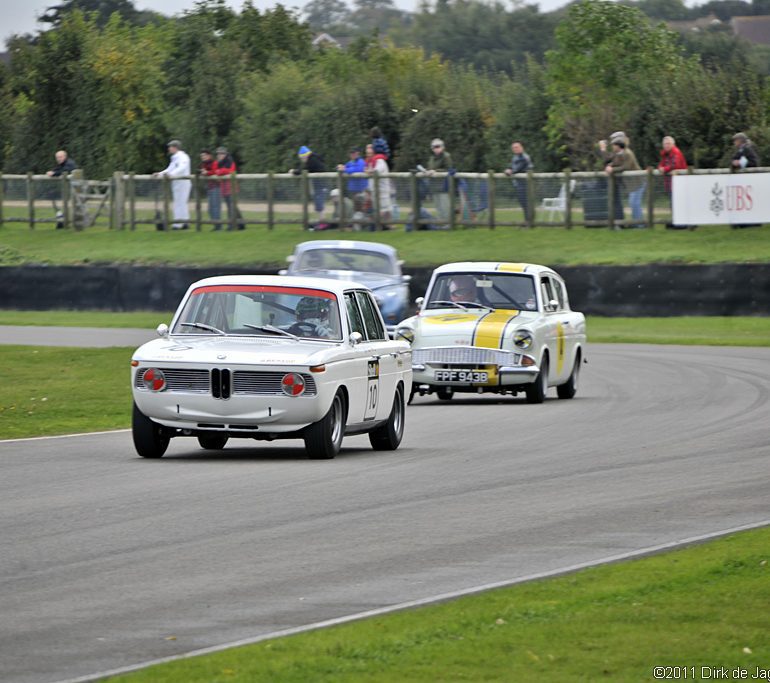Sensational French shapes and racing pedigree are part of what make Talbot-Lago automobiles exotic, beautiful, rare and sought after. Few cars are more exotic or interesting than the Talbot-Lago Grand Sport.The roots of the Talbot-Lago company can be traced back to the 1890s, in Suresnes, France, where Alexandre Darracq began producing road and very successful racing cars. In 1905, the company was renamed STD Motors Limited.
In 1912, Darracq sold his interest in the company, which the new owners renamed Automobiles Talbot in 1922. The Talbot name was used for road cars, however the competition cars were produced as Talbot-Darracq. (There was also a British company named Talbot at the time, so cars sold in Great Britain were marketed as Talbot-Darracq, Darracq-Talbot, or just Darracq).



